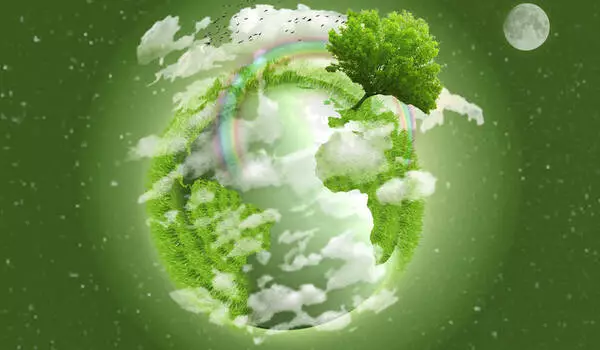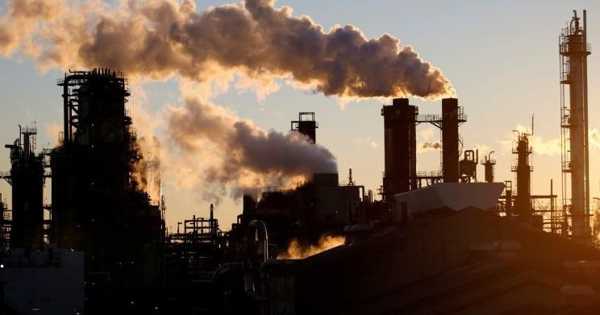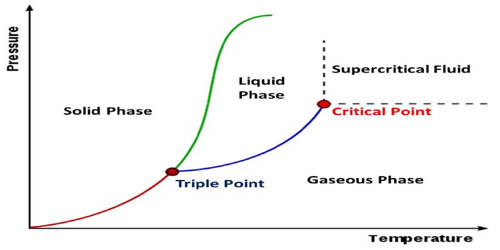Natural capital was quickly renamed “environmental services” as discussions revealed that, yes, we humans did benefit freely from the natural environment and its properly functioning ecosystems. To artificially create such services quickly added up to billions of dollars that would need to be spent to maintain a standard of living. It became clear (to some) that it was far more fiscally responsible to protect the environment rather than destroy it for yet another strip mall.
The number of concurrently acting global change factors has a negative impact on the diversity of plant communities, regardless of the nature of the factors.
As a component of climate change, global warming is probably one of the most well-known threats to the ecological balance of ecosystems and global biodiversity. However, ecosystems around the world are also exposed to a plethora of other human-caused global change factors (GCFs), with the number and intensity of concurrently acting factors increasing. Examples include light pollution, or the accumulation of pesticides such as fungicides in the environment, or the brightening of the night sky caused by artificial light sources.
For our experiments, we selected GCFs that do indeed often act simultaneously on an ecosystem, but differ greatly in their respective chemical and physical natures.
van Kleunen
“We have a pretty clear picture of how some of these factors individually can affect parts of an ecosystem, such as a plant community. In fact, their individual impacts on a community can be quite different and even opposite,” explains Benedikt Speißer, first author of the recent study and doctoral student in the laboratory of Mark van Kleunen in the Department of Biology at the University of Konstanz. What happens when an ecosystem is exposed to several of these factors simultaneously has been less well studied, although this is likely the case in most natural ecosystems.
Experiments under controlled conditions
To address this knowledge gap, ecologists led by Mark van Kleunen investigated how concurrently acting GCFs affect the composition and productivity of plant communities, as well as the role of the sheer number of factors. They created small artificial ecological communities, known as mesocosms, for this purpose, consisting of nine different grasses and forbs native to Central Europe, where the selected species are common and frequently co-occur. The researchers then exposed these mesocosms to different numbers of GCFs – 0, 1, 2, 4, or 6 – for several weeks under controlled conditions.

“For our experiments, we selected GCFs that do indeed often act simultaneously on an ecosystem, but differ greatly in their respective chemical and physical natures,” explains van Kleunen. Besides the GCFs already mentioned – climate warming, light pollution, and fungicide accumulation microplastic pollution, eutrophication, which is the accumulation of nutrients in an ecosystem, and soil salinization were additional factors studied.
Quantity not quality
The researchers found that as the number of GCFs acting simultaneously increases, so does biomass production in the plant communities. “The more GCFs, the higher the probability to include a highly influential factor, such as eutrophication. In these cases, one could expect higher productivity due to the high availability of nutrients,” Speißer explains. However, the researchers’ analyses showed that interactions between other factors can also contribute to this effect.
In terms of plant community diversity, the researchers discovered that species diversity in the mesocosms decreased as the number of GCFs acting simultaneously on the community increased – regardless of the quality of the factors involved. Furthermore, none of the GCFs studied had a negative effect on diversity within the mesocosms when considered individually.
“This suggests that when multiple GCFs act simultaneously, new effects can emerge. Effects that cannot be predicted based on the effects the individual factors have,” van Kleunen concludes, continuing: “Considering that the number and intensity of simultaneously acting GCFs is very likely to increase in the future, it is important to better study such ‘multifactorial processes’ to avoid unpleasant surprises.”
















